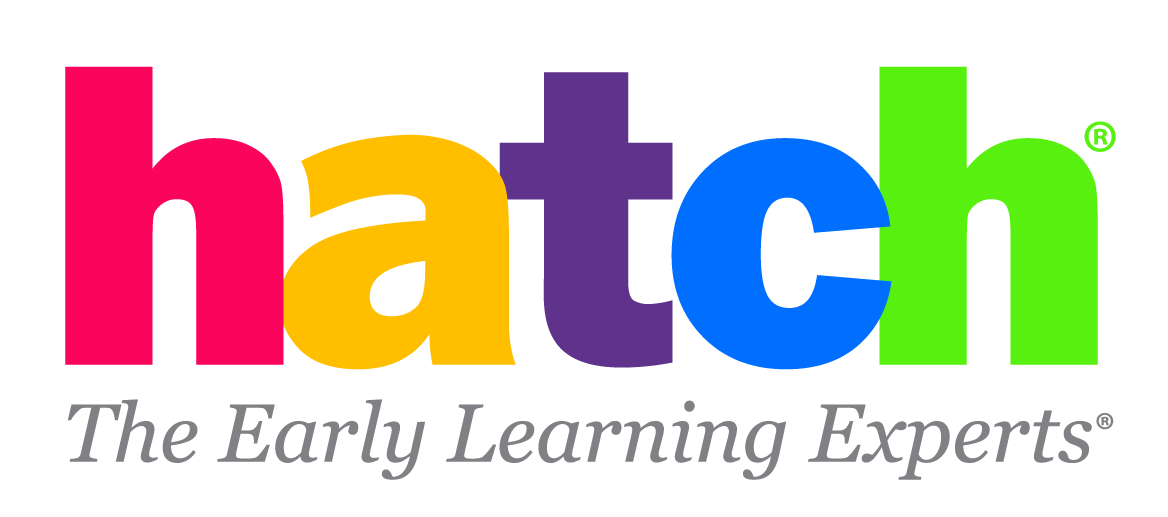Many people envision kindergarten classrooms as being filled with tiny four-and-five-year-olds bouncing into school brimming with excitement and ready for a day filled with play and learning. A lovely scenario, but as an educator, you know it's not realistic.
Instead, children arrive at school with enormous differences in the levels of the skills they need to learn, grow and achieve.
According to Lynnette Harris, author of School Readiness for Children in the United States, problems that affect school readiness include "deficiencies in language, emotional maturity, general knowledge, social confidence, moral awareness, and physical wellbeing, in decreasing order of importance."
So, we know what skills children lack. What's causing these disparities and how do we correct the problem?
Early disadvantages can leave children behind
Some of the most significant factors impacting school readiness include children living below the poverty line, parents with low levels of education and children not attending preschool. Children facing these disadvantages don't start school with the necessary readiness skills. Often, they can't recognize letters and numbers, or they may have behavior or health problems. Those issues can make it tough for teachers to impart necessary skills, even when they do arrive at school
According to the Brookings report, Starting School at a Disadvantage: The School Readiness of Poor Children, "Fewer than half (48 percent) of poor children are ready for school at age five, compared to 75 percent of children from families with moderate and high income, a 27 percentage point gap."
Rand's Children at Risk study found that "A substantial percentage of children are disadvantaged in terms of resources available for healthy physical and mental development."
The study also shows "nearly half of all children face one or more risk factors associated with gaps in school readiness." As the study explains, these obstacles can lead to lower achievement in education and keep students from reaching their full potential.
Unfortunately, this isn't a problem that goes away after the first few months of school - it can have lifelong implications. As the Brookings report explains, children who start school with higher levels of school readiness go on to be more successful in grade school. They also have lower chances of dropping out of high school and have higher incomes as adults.
Standards differ across the nation and are tough to incorporate
Many states have Early Learning Guidelines, which are similar to K-12 curriculum standards, that outline the skills and abilities children need to be ready for kindergarten. However, there is no set of national school readiness standards
While standards are helpful and provide direction, early childhood educators report that it's challenging to incorporate those standards into their teaching-even with professional development and support materials.
Assessing readiness skills is incredibly time-consuming
Even with standards in place and incorporated into daily activities when possible, there is still the work of determining where students are in meeting those standards.
One of the four school readiness actions the Head Start Program recommends for preschool teachers is, "Assess Child Progress on an Ongoing Basis and Aggregate and Analyze Data at Multiple Times Throughout the Year."
Unfortunately, teachers continuously report that finding the time to assess every child's learning and then analyze those assessments is overwhelming and takes time away from teaching.
Without detailed assessments that show disparities in learning, educators don't get a complete picture of children’s learning. Without that knowledge to inform their instruction, how can teachers ensure children aren't being left behind?
Meeting every child where they are is easier said than done
Without high quality, detailed assessments, for example, teachers can't use strategies like personalization and differentiation to meet children where they are in their learning.
Teachers need to know where children stand in their learning so they can provide the scaffolding children need to master skills and then move on to further learning.
There's a trickle-down effect with each issue leading to another problem:
- Large groups of children don't have school readiness skills,
- Even if children attend early learning programs, teachers find it tough to incorporate standards into lessons and activities.
- Assessing where children are in meeting those standards is crushingly time-consuming.
- Without assessments to analyze, teachers don't know where children are struggling and aren't sure which supports to offer
Ensuring children are school ready might come with a frustrating, complicated web of issues--but there are supports available.
What’s being done to help?
Research shows ensuring all children have access to high-quality pre-kindergarten programs and supports can help children start school on equal footing. The government is well aware of this and provides subsidies and programs designed to help low-income families access high-quality childcare that promotes school readiness.
Families can access supports at the federal and state level, including the Child Care and Development Block Grant (CCDBG) and the Head Start program.
This fall, Head Start launched a new program where leaders in Head Start programs will work with K-12 teachers to bridge the gap between early education and public school.
Organizations like the National Association for the Education of Young Children (NAEYC) also provide guidance and advice for parents. Helping them choose the best pre-kindergarten programs and even promote school readiness skills at home.
Along with support from families, government, and educators, technology is another part of the school readiness solution.
One piece of technology can’t fix the issues around school readiness, especially when children don't have access to or don't attend preschool or early learning centers. However, technology can make assessing, personalizing and scaffolding child learning easier. That gives teachers more time to do what they do best--connect with and teach students.
Every piece of Hatch Early Learning technology supports teachers and children in developing, assessing and scaffolding school readiness skills. Each tool is grounded in research, is standards-based and is educator-approved. Learn more about each of our products, including Ignite, a tool designed specifically to support school readiness.



